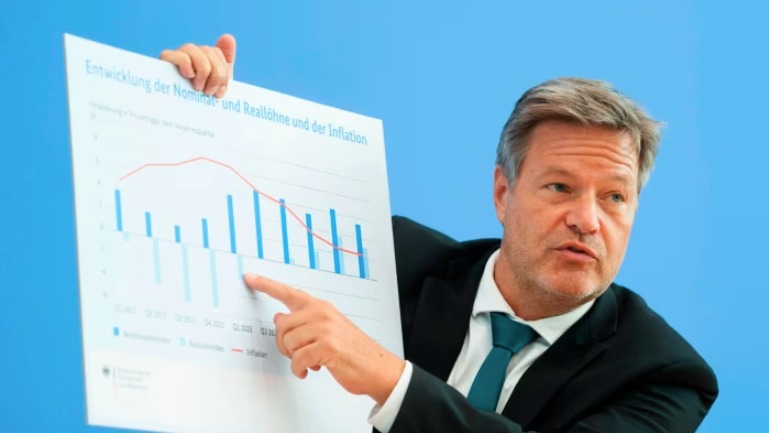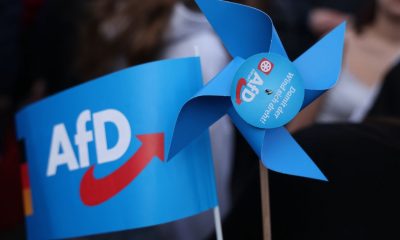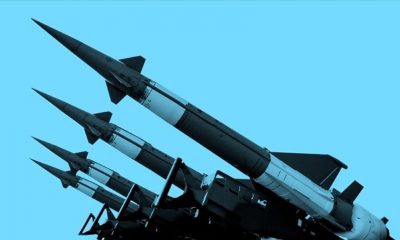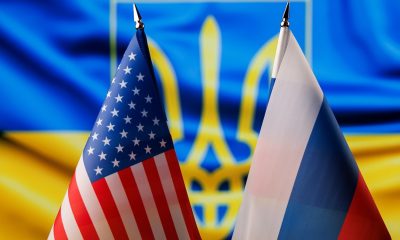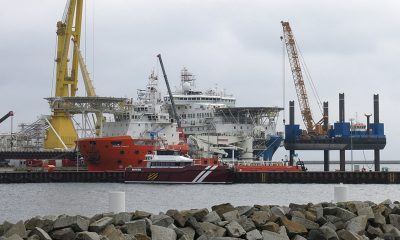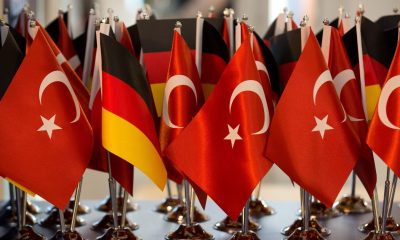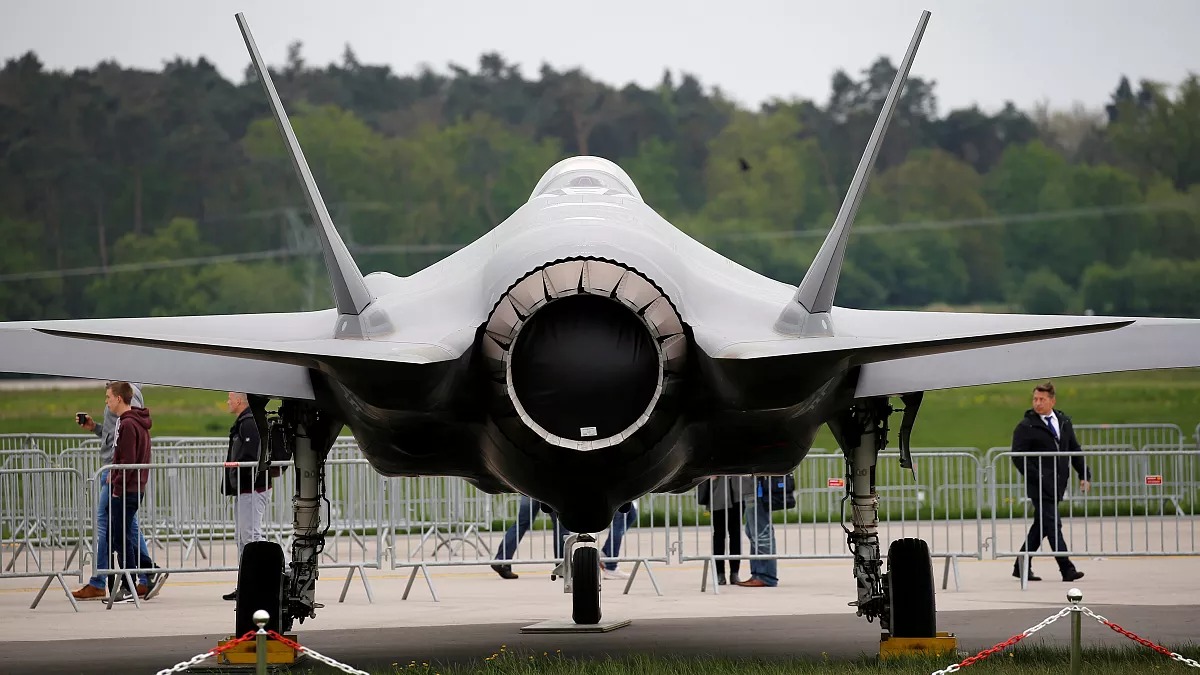Following some German politicians raising the idea of acquiring nuclear weapons, Frankfurter Allgemeine Zeitung (FAZ), one of the country’s most important newspapers, has launched a campaign advocating for Berlin to possess atomic weapons.
Although Germany renounced nuclear weapons, experts agree that Berlin has the technological capacity to produce its own nuclear weapons in the near future, stating that the necessary technology for uranium enrichment is available at research centers in Jülich and Gronau.
Rainer Moormann, a former employee of the Jülich Research Center, notes that experts believe the construction of a much larger uranium enrichment facility is inevitable, and this would make it possible to produce “the necessary quantity for a few nuclear warheads within three to five years.”
However, delivering nuclear weapons to their targets requires missiles, and Germany is relatively weak in the construction of long-range ballistic missiles.
Nevertheless, it seems possible to produce cruise missiles that could be equipped with nuclear weapons. For example, it is said that Taurus could be used in this way. For this purpose, a maximum period of five years is considered realistic.
The legal and political situation is more challenging. On the one hand, the Federal Republic of Germany ratified the Treaty on the Non-Proliferation of Nuclear Weapons on May 2, 1975, albeit with a significant delay. Therefore, if the German government wants to start building its own nuclear weapons, it will first have to terminate the treaty.
From a purely legal point of view, this is possible without further ado, but it is likely to have serious political consequences, as other states may follow Germany’s example and try to obtain nuclear bombs for themselves.
The biggest examples in this regard seem to be Iran, Saudi Arabia, South Korea, and Poland.
On the other hand, the Two Plus Four Agreement, in which the Federal Republic of Germany confirmed its renunciation of nuclear, biological, and chemical weapons and also accepted the upper limit of 370,000 Bundeswehr military personnel, also constitutes an obstacle to Germany’s nuclear armament.
This treaty cannot be terminated; any changes require the approval of the four allies in World War II and the countries that occupied post-war Germany (US, Britain, France, USSR-Russia).
Ernst-Jörg von Studnitz, one of the former German ambassadors to Russia, recently ruled that the clausula rebus sic stantibus principle of international law could be invoked, according to which treaty provisions can be terminated if the basic conditions under which a treaty was concluded change.
This is the case for Germany because the US nuclear umbrella is no longer considered reliable and there is a possibility of escalating conflict with Russia.
The Frankfurter Allgemeine Zeitung (FAZ) also embraced the essence of this argument in a widely read editorial on Monday. The newspaper argued that there were “good reasons” to speak of the elimination of the basis of the Two Plus Four Agreement and wrote, “A ‘commitment’ that harms the country cannot continue.”
In the headline of the commentary, FAZ argued that Germany “must loosen its old shackles.”
The political turmoil that would result from the termination of the Two Plus Four Agreement could be enormous. The Federal Republic’s possession of nuclear weapons would not only lead to strong reactions from the four former allies, albeit for different reasons.
For example, a large majority of the public still opposes such a plan. However, the results of various polls fluctuate significantly; moreover, the reluctance to a ‘German bomb’ is decreasing.
A Forsa poll conducted about two weeks ago showed that 64% of the population rejected the Federal Republic’s nuclear armament; the proportion of supporters remained at 31%.
But this rate is four points higher than in 2024.
A survey conducted by the public opinion research institute Civey in the same period also concluded that only 48% of the population explicitly rejected a German nuclear bomb. A year ago, this figure was still 57%.
Also, the proportion of those who support Germany’s acquisition of nuclear weapons rose to 38%.
Both polls show that the proportion of those who support Germany’s acquisition of nuclear weapons is much higher among those living in the former Federal Republic of Germany than among those living in the regions of the former German Democratic Republic (GDR).
Two employees of the Helmut Schmidt Federal Armed Forces University in Hamburg, in their article published in FAZ yesterday, argued that the nuclear weapons debate in Germany is “still characterized by moral reflexes and historically transmitted narratives,” probably also taking into account the insufficient public support for increased nuclear armament.
The authors instead call for a “measured reassessment” of the issue. For example, while pointing to the importance of “maintaining state functions even after a nuclear attack,” they write that the current debate should be expanded “to include important aspects of civil defense and social resilience.”
The authors argue that the German people will have to “learn to live with the bomb,” and for this, they point out that “a comprehensive, socio-politically based strategy that integrates the relevant military, political and social dimensions” is needed.
In short, while it is necessary to “persuade its own people” about the necessity of nuclear armament and to bear its consequences, it is emphasized that “traditionally” this task falls to the leading media.

 DIPLOMACY2 weeks ago
DIPLOMACY2 weeks ago
 DIPLOMACY2 weeks ago
DIPLOMACY2 weeks ago
 ASIA2 weeks ago
ASIA2 weeks ago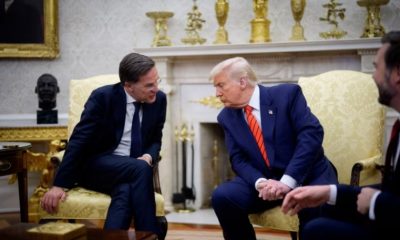
 EUROPE5 days ago
EUROPE5 days ago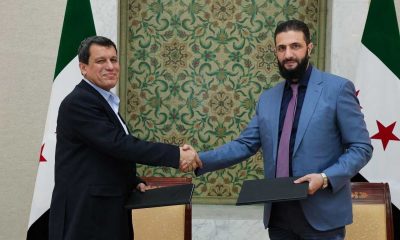
 MIDDLE EAST2 weeks ago
MIDDLE EAST2 weeks ago
 AMERICA2 weeks ago
AMERICA2 weeks ago
 EUROPE2 weeks ago
EUROPE2 weeks ago
 ASIA1 week ago
ASIA1 week ago
